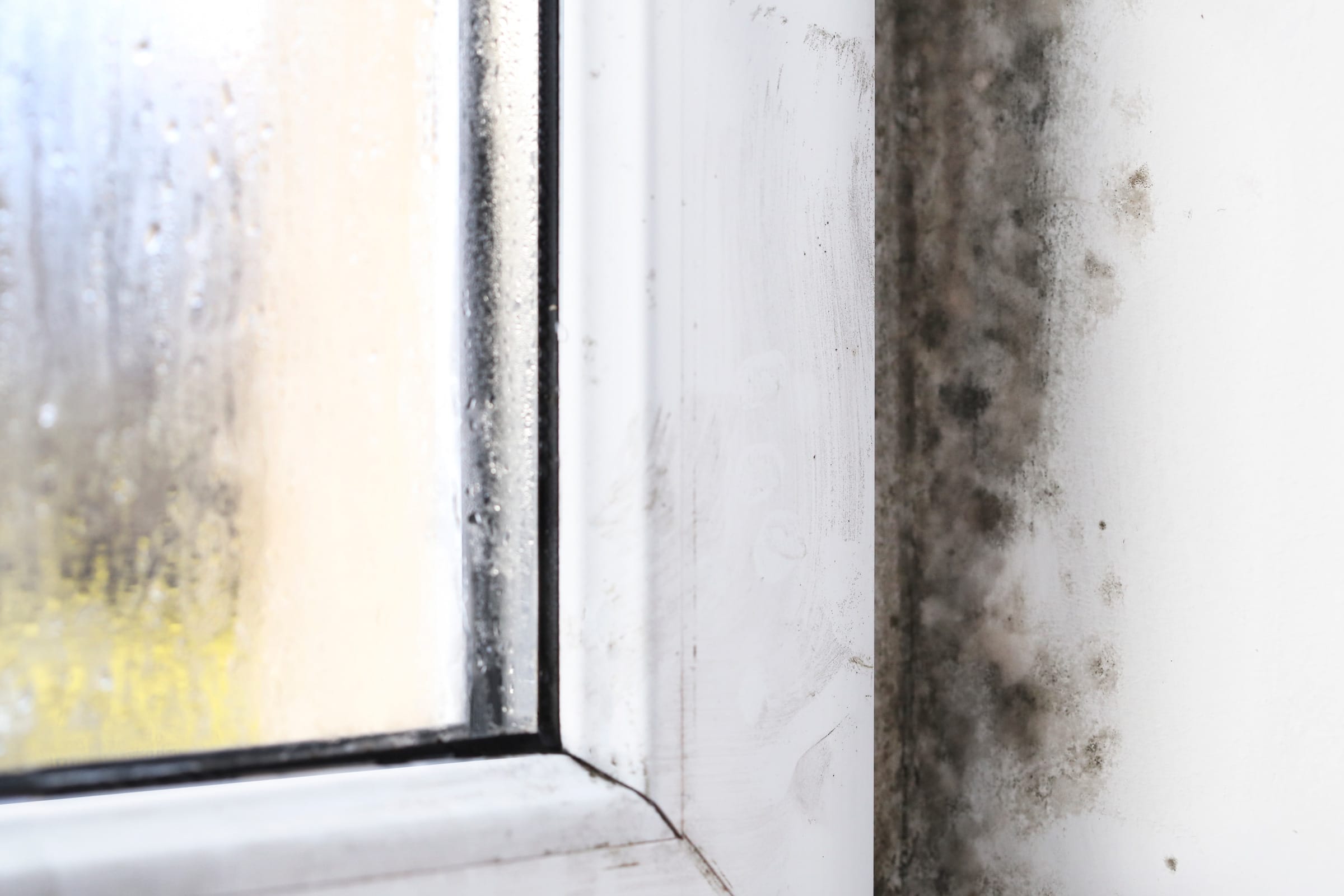
Mold is a type of fungus that can be found in many places, both indoors and outdoors. While it's natural for mold to exist in some quantity, it can be harmful if present in large amounts or certain types of environments. In this blog post, we'll discuss the basics of mold and what you need to know if you think it might grow in your home.
Mold spores are everywhere—in the air, on surfaces, even on your clothes—but they don't become visible until they land somewhere damp. That's why a home's moisture buildup causes most mold growth cases. This could be due to water leaks from plumbing or roofing issues, flooding from storms or other sources, or high humidity levels. Once enough moisture is present, the mold spores will multiply and become visible as patches or stains on walls and other surfaces.
Mold can come in various colors—white, gray, greenish-black—and textures—powdery or fuzzy—so it can often be hard to identify without an expert eye. If you think you may have mold growing inside your home but aren't sure what it is, you should contact a professional mold removal company.
They will come out to inspect the area and determine whether mold is present and how serious the infestation is. They can also advise you on the best action to eliminate the problem.
Inhalation of large quantities of airborne mold spores can cause respiratory problems such as asthma attacks and allergic reactions, so it's important to take care of any potential infestations quickly before they get out of hand.
It's also worth noting that some types of toxic black molds can produce mycotoxins which are known to cause more severe health issues such as nausea, vomiting, headaches, and even memory loss when inhaled over extended periods.
For this reason alone, it is important to take preventive measures against potential sources of moisture buildup around your house so that mold doesn't have an opportunity to grow unchecked.
The best way to prevent mold growth is by keeping your home dry. This means paying attention to any potential sources of water leaks, regularly checking pipes and roofing for signs of leakage, monitoring indoor humidity levels, and performing regular inspections in dark or damp areas such as bathrooms and basements.
It's also important that any water damage that does occur be addressed as soon as possible—even small amounts of moisture can cause mold to start growing if left unchecked. If you think you may have a mold problem in your home, contact a professional right away so they can help identify the issue and take steps to eliminate it quickly.
Overall, understanding the basics of mold will help keep you and your family safe from potential health risks associated with long-term exposure. Knowing the causes and preventative measures you can take can help keep mold from becoming a problem in your home.
Mold growth in homes should not be taken lightly, as it poses aesthetic and health risks if left unchecked for too long. Taking steps now, such as checking for plumbing issues or increasing ventilation, will help keep your living space safe from unwanted pests like mold down the road. If you find yourself with a mold infestation, however large or small, don't hesitate to call a professional for assistance! They'll have all the necessary tools and knowledge needed for effective removal so that you don't have to worry about any further damage being done from attempting DIY solutions!